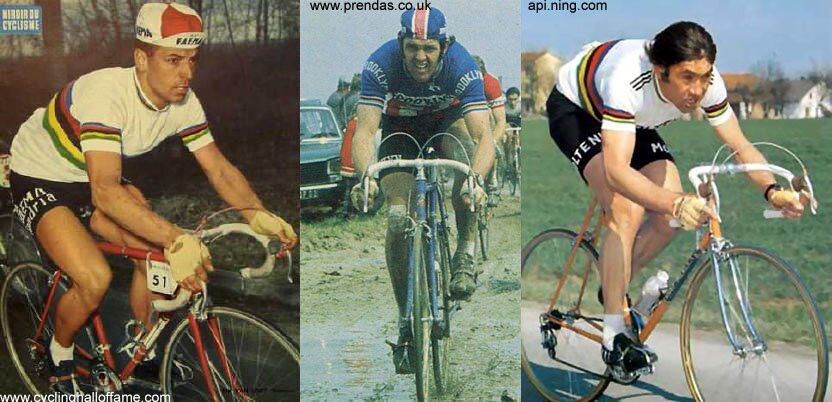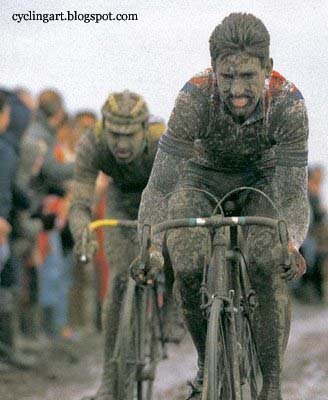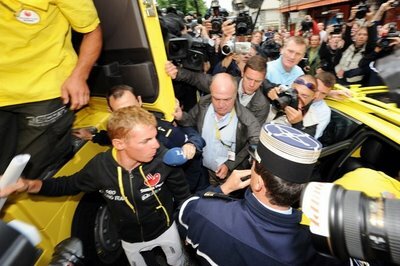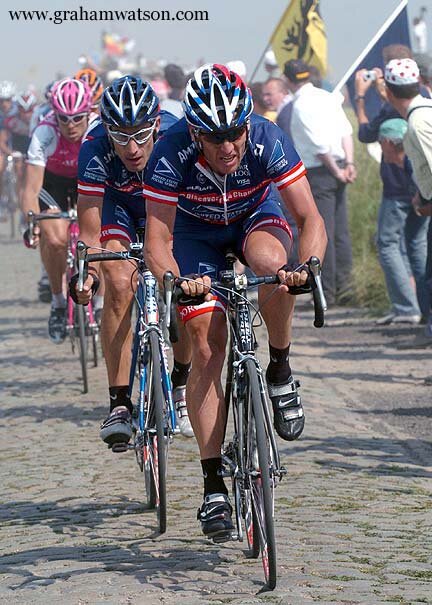November 12, 2009
Roche: The shape of things to come
Next season is a very important one in the career of Nicolas Roche. He will probably always have the label of being a Tour de France winner’s son put on him. However, while Stephen was undoubtedly a G.C. rider for the big tours, Nicolas it seems still hasn’t really settled on what sort of rider he will focus on becoming.
Still only 25 years old, he has already completed all three of the Grand Tours of cycling. In 2008, what could be considered his breakthrough season, he finished a highly creditable 13th in the Vuelta a Espana. He also finished 2nd on Stage 18 to Las Rozas, only barely missing out on the win in a four man sprint. Last season he rode his first Tour de France finishing 23rd overall, the highest finish for an Irish rider in the Tour since his father finished 13th in 1993. Over the past year he’s also produced top 20 performances in the prestigious Critérium International, the Tour Méditerranéen and the mountainous Pro Tour race, the Volta a Catalunya. He also finished 35th in Milan San Remo.




